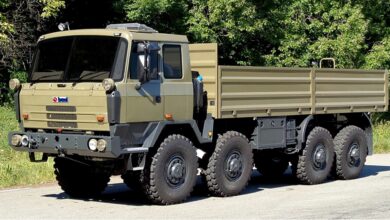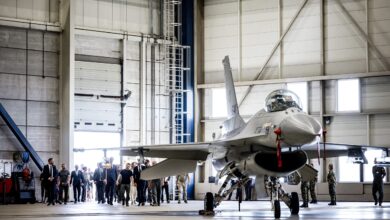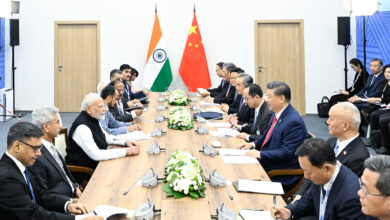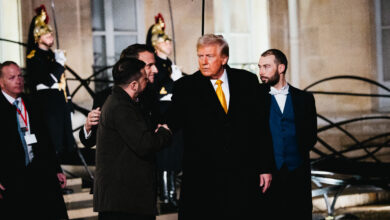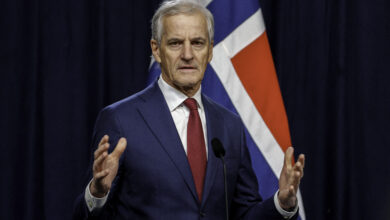US tops global arms exporter list, India leads importers
Russia, France, Germany and China round out top 5 in weapons sales
The United States was the world’s biggest arms exporter in the past five years, while India imported the most weapons, according to a new Stockholm International Peace Research Institute report.
The SIPRI report released on Monday revealed that the U.S. accounted for 34 percent of global major arms exports in 2013-2017, an increase from 30 percent in 2008-2012.
U.S. arms exports were 58 percent higher than those from Russia, the second-largest exporter during the period.
India topped the list of arms importers, followed by Saudi Arabia, Egypt, the United Arab Emirates and China.
The total volume of major international weapons sales increased by 10 percent, following a trend that began in the early 2000s, SIPRI said. Arms sales to the Middle East, Asia and Oceania increased while the flow to the Americas, Africa and Europe declined.
Global arms exports
America’s biggest client was Saudi Arabia, which followed India in the top arms importers worldwide. U.S. arms exports in 2017 were the highest in a single year since 1998, the report said, and 49 percent of all U.S. arms exports went to the Middle East.
Combat and transport aircraft accounted for most of the exports, with 200 combat aircraft (including 50 F-35 fighter jets) delivered from 2013-2017.
Asian states accounted for 33 percent of U.S. arms exports, European nations for 11 percent, the Americas for 4.8 percent and African countries for 2.2 percent.
Overall, the U.S. delivered arms to 98 countries worldwide in 2013-2017, which SIPRI noted was significantly higher than any other supplier.
“Of the world’s 50 largest arms importers in 2013–17, only 7 did not receive or place orders for major arms from the USA during that period,” the report said.
Russian exports declined 7.1 percent in the five-year period, due in part to lower delivery levels to some of the main recepients. Most Russian exports (58 percent) went to India, China and Vietnam.
French weapons sales
French arms exports increased 27 percent from the previous period, with 42 percent of weapons sales to Middle Eastern nations in 2013-2017, the majority of which went to Egypt.
“This was due to the French Government’s aggressive arms sales policy under which it made combat aircraft and warships that were in production for its own forces available for export and swift delivery to Egypt instead,” the report said.
In November, French lawmakers approved a defense spending increase of nearly €2 billion ($246 billion) for 2018, reversing cuts made in 2017 and increasing the military budget to €32.4 billion, or 1.82 percent of GDP.
French President Emmanuel Macron has pushed to further increase arms sales and France’s defense profile, seeking to replace the United Kingdom as the latter prepares to leave the European Union. During the first day of his trip to India this week, Macron said the two countries had agreed to strengthen defense ties and open their naval bases to each other’s warships.
France has recently concluded a number of other major deals – including a €2.6 billion sale to Qatar of 12 Rafale aircraft and 490 armored vehicles – and is leading support for the G5 Sahel force in the five African nations that make up the area south of the Sahara.
Arms imports
Accounting for 12 percent of the global total, India led the world in arms imports in 2013-2017, increasing its share by 24 percent from 2008-2012.
India is set to increase military spending by 7.81 percent this year to 2,95,511.41 crore rupees (29 billion rupees, $454 million) as the government continues to emphasize the military’s operational capacity. Prime Minister Narenda Modi has sought to make India more self-reliant and an eventual net exporter of weapons.
SIPRI noted that India is seeking to diversify the source of its weapons. Arms imports to India from the U.S. rose by 557 percent in 2013-2017, while weapons from Israel increased 285 percent.
At the same time, Russia remained the primary supplier of arms to India, accounting for 62 percent of all imports. India and Russia are currently negotiating a contract for the Russian S-400 air defense system in a deal worth over $6 billion.
Modi is expected to close a number of commercial and military deals this week during Macron’s visit.




